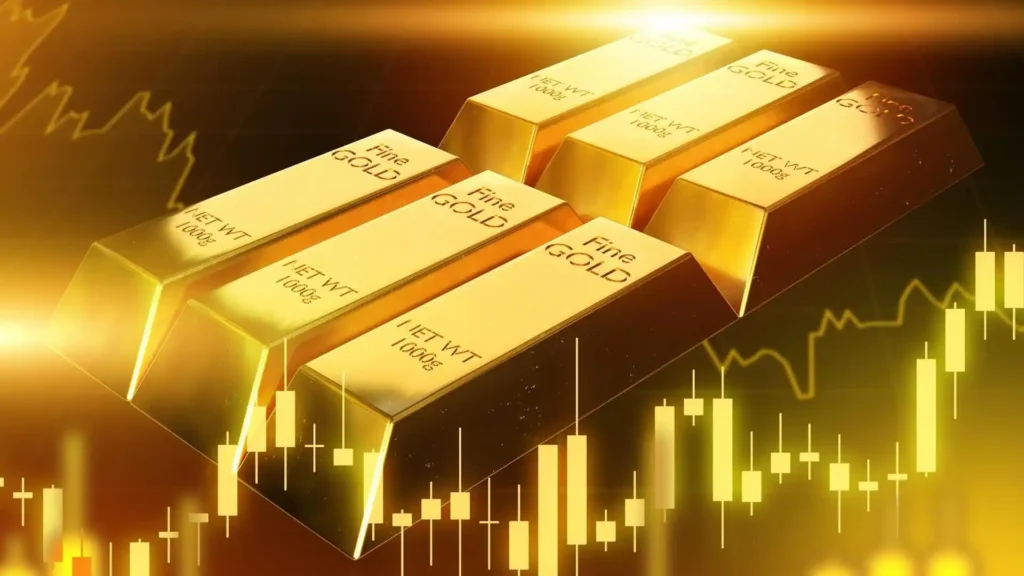
Gold prices have soared to nearly two-month highs following a dramatic escalation in Middle East tensions, with Israel launching significant airstrikes on Iran’s nuclear and military sites. Spot gold climbed to $3,417.10, while August futures touched $3,436.90, driven by a surge in safe-haven demand. In retaliation, Iran launched over 100 drones targeting Israel, heightening fears of a broader regional conflict. At the same time, softer U.S. inflation data has strengthened expectations of a potential interest rate cut by the Federal Reserve, adding further fuel to gold’s rally. With geopolitical unrest and monetary policy uncertainty converging, investors are increasingly turning to gold as a hedge against instability.
The upward trend in gold prices has continued into mid-June 2025, fueled by both international tensions and speculation over the Fed’s next move. On Sunday, June 15, domestic gold futures breached the ₹1,00,000 mark per 10 grams for the first time, signaling strong investor sentiment amid global volatility.
Prices reached fresh record highs across Indian cities on Monday, June 16. In Bhopal, 24-carat gold exceeded ₹1,00,000 per 10 grams, while silver prices rose to ₹1.06 lakh per kilogram.
The recent Israel-Iran conflict has had far-reaching effects on global markets. The Israeli strike on June 13 triggered a sharp spike in oil prices and increased demand for assets perceived as safe, such as gold. The resulting volatility in global markets has further reinforced gold’s appeal as a stable investment.
Analysts expect this bullish trend to persist, with gold prices possibly touching ₹1.05 lakh per 10 grams on the Multi Commodity Exchange (MCX). The market is now focused on the U.S. Federal Reserve’s upcoming policy announcement on June 18. Should the Fed signal a dovish outlook, it could provide additional support to gold’s upward trajectory.
